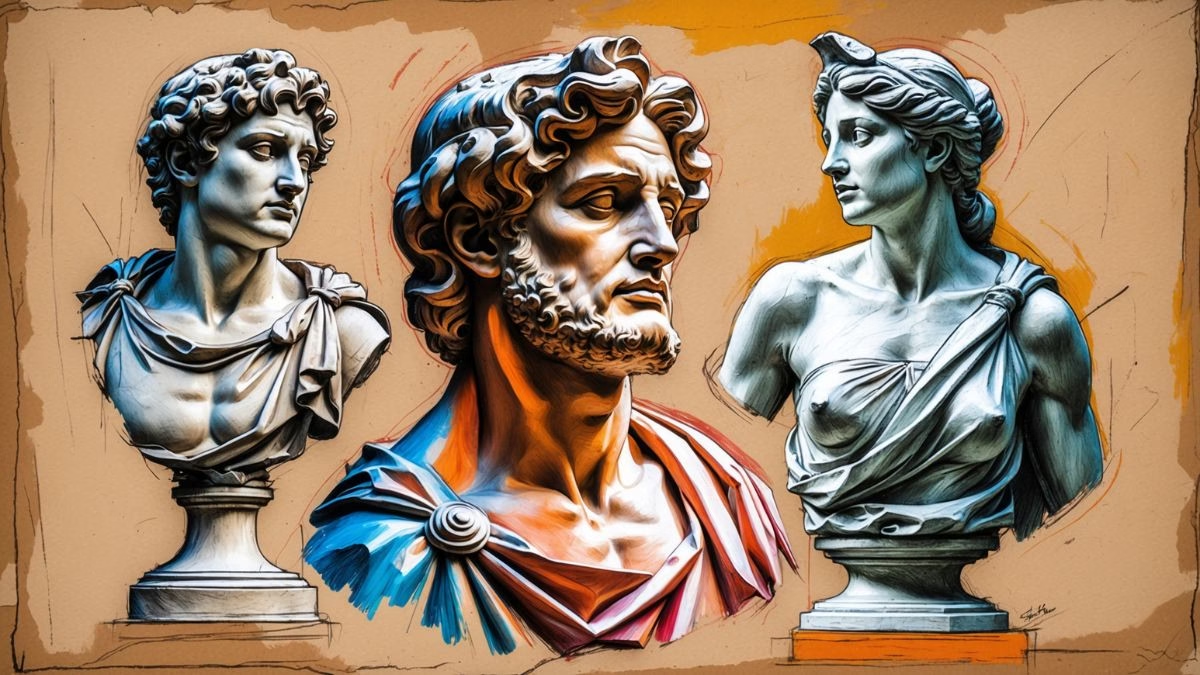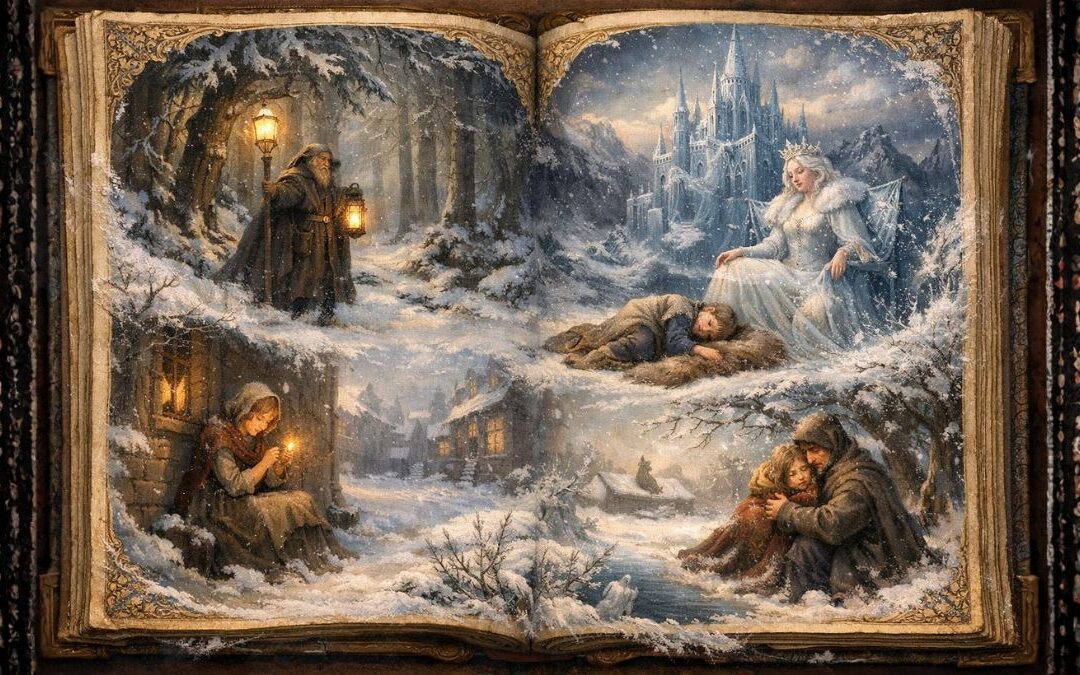Introduction
Have you ever stood in front of a statue and felt a sense of awe? A block of cold stone or a piece of cast metal that seems alive, telling a story without a single word. Sculptures are more than just beautiful objects; they are time capsules of history, mythology, and human emotion. From the determined gaze of a hero to the mysterious smile of a queen, every curve and contour has a secret to share.
This quiz is your personal tour through the gallery of history’s greatest sculptures. It’s not a test of names and dates, but an interactive journey into the fascinating stories behind the art. We’re going to uncover hidden meanings, surprising origins, and the incredible tales that have made these works immortal. By exploring these questions, you will:
Discover the “why” behind famous masterpieces.
Learn to see art not just as an object, but as a story waiting to be told.
Uncover surprising facts that will make you the most interesting person at a dinner party.
Gain a deeper appreciation for the artists and civilizations that shaped our world.
So, are you ready to step into the studio and hear the tales whispered by the stone? Let’s begin!
Quiz Content Audio
Learning Quiz
This is a learning quiz from English Plus Podcast, in which, you will be able to learn from your mistakes as much as you will learn from the answers you get right because we have added feedback for every single option in the quiz, and to help you choose the right answer if you’re not sure, there are also hints for every single option for every question. So, there’s learning all around this quiz, you can hardly call it quiz anymore! It’s a learning quiz from English Plus Podcast.
When Stone and Metal Tell Stories
Hello and welcome to our virtual gallery. Today, we’re not just going to look at art; we’re going to listen to it. Because every great sculpture, whether it was carved from marble thousands of years ago or welded from steel yesterday, has a story to tell. They speak of heroes and gods, of power and passion, and of the endless mysteries of the human experience. So, let’s walk through the halls of history and uncover some of these amazing tales set in stone.
Our first stop is in Renaissance Florence, in front of two of the most famous figures in all of art history, both named David. First, we see the lithe, youthful bronze David by Donatello. What’s his story? He is revolutionary. In the 15th century, he was the first freestanding nude statue to be created since ancient Rome. In a world where the nude form was often seen as shameful, Donatello brought back the classical celebration of the human body, kicking off a key theme of the Renaissance. He’s not a hulking warrior, but a graceful boy, calm in his victory.
About a century later, Michelangelo takes on the same subject, but tells a different part of the story. His colossal marble David is not a calm victor; he is a tense and defiant young man before the battle. His story is one of perspective. Michelangelo carved him with an oversized head and hands because the statue was originally meant to stand high on the roof of a cathedral, to be viewed from far below. It was a brilliant technical solution to an artistic problem. When it was finished, the people of Florence saw it was too magnificent to hide up high, and they placed it in a public square, where it became a symbol of their city’s defiant courage.
Let’s leave heroes behind and talk about gods and myths. We travel to the Louvre in Paris, where the Greek goddess Nike, in the form of the Winged Victory of Samothrace, seems to land on the prow of a ship. She is a masterpiece of Hellenistic art, a period defined by drama and emotion. We can feel the wind whipping her robes, we can sense the motion and the triumph. It’s a story told not in a calm, balanced pose, but in a whirlwind of theatrical energy. Nearby, we find another icon, the Venus de Milo. Her story is a mystery. Who is she? Most scholars believe she is Aphrodite, holding the golden apple she won in the “Judgement of Paris.” Her missing arms don’t take away her beauty; they add to her story, inviting us to imagine what she was doing.
Sculpture doesn’t just tell myths; it tells stories of intense human and spiritual passion. In Rome, we can find Bernini’s Ecstasy of Saint Teresa, the absolute pinnacle of Baroque drama. Bernini captures the saint in a moment of divine vision, her body swooning in a mix of pain and pleasure. It’s so theatrical and emotional that it feels like a scene from an opera frozen in marble. In Paris, we find Rodin’s The Kiss. This beautiful, passionate embrace seems like a simple love story. But its origin is darker. It was first designed for Rodin’s massive Gates of Hell, depicting two lovers from Dante’s Inferno. Rodin felt their embrace was too joyful for a scene of damnation, so he gave them their own story, turning them into a standalone celebration of love.
Of course, sculpture has always been used to tell stories of power and people. Imagine standing in China before the Terracotta Army. This is a story of immense power and a desire for immortality. An emperor created an entire army, thousands of soldiers, to protect him in the afterlife. And the most incredible part of their story? Each soldier has a unique face, a portrait of a real individual. In Egypt, the Great Sphinx tells a similar tale of royal power. Part lion, part pharaoh, it has stood for over 4,500 years as a silent, powerful guardian of the tombs of kings. In Berlin, the beautiful Bust of Nefertiti tells a more modern story—a story of discovery and controversy, as two nations, Egypt and Germany, both lay claim to this priceless piece of cultural heritage.
As we move into the modern era, the stories change. Artists begin to tell new kinds of tales. Umberto Boccioni, an Italian Futurist, wasn’t interested in static figures. His sculpture, Unique Forms of Continuity in Space, tells the story of motion itself. He wanted to sculpt the blur, the energy, the dynamism of a body striding into the future. Later, in Chicago, Anish Kapoor’s Cloud Gate tells a story about us. Inspired by liquid mercury, this giant, reflective bean captures the city skyline and every person who walks by, making us a living, moving part of the artwork. It tells a story of community and our place within the urban landscape. And what story does a giant, stainless steel Balloon Dog by Jeff Koons tell? It tells a story about art itself, challenging our ideas of taste, value, and what belongs in a museum.
From a Greek goddess landing on a ship to a mirrored bean in a modern city, every sculpture is a dialogue. They tell us about the people who made them, the world they lived in, and the ideas they held dear. All we have to do is learn to listen.










0 Comments